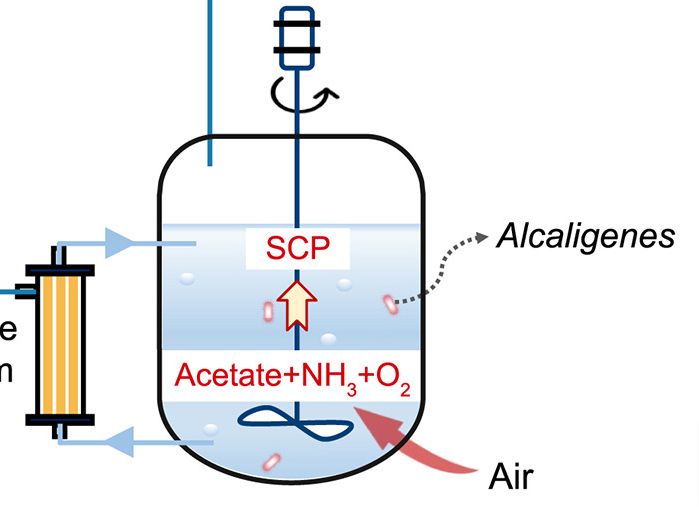Generally, the antenna, key sensory organ of insects is known to aid insects in perceiving information about its surroundings such as availability of food, danger of predator, obstacles and potential mates and so on. They have many sensory receptors for audition, olfaction, balance, stability, gustation, graviception, thermo, hygro and mechanoreception, to name a few. They also play an important role during social interactions. In German cockroaches (Blattella germanica), during such social interaction, antennal contact alters juvenile hormone production which leads to an increase in female reproduction rate. In short the touch of cockroach is sufficient to speed up reproduction.
Researchers from North Carolina State University conducted trials to check whether duck feathers (artificial antennae) can expedite reproduction in females as achieved when stimulated by a cockroach antenna. Under certain conditions, when female roaches come in contact with other females roaches or with artificial antennae like duck feathers, tend to procreate much faster than the isolated females or those without any physical stimulation. The same results were seen, even when cockroaches of different species were brought in contact.
To further understand the process behind physical stimulation and accelerated reproduction, researchers used duck feathers in a motor driven system, to mimic cockroach antennae. They discovered that even duck feathers were capable of activating hormone in female roaches that is responsible for accelerating reproduction. According to senior researcher and Professor of Entomology at NC State, Dr. Coby Schal, Blanton J. Whitmire, the shape of the artificial antennae and the duration and momentum of the touch is what makes a difference and speed up procreation.
Researchers describe that female roaches become capable of laying eggs when they mature. Therefore, reproduction speed can be specified as the time span between the beginning of maturation and the first spell of laying eggs. Activating production of juvenile hormone in mature female roaches, hasten the growth of eggs. The female lays the eggs when they attain a specific size. Therefore, females tend to lay eggs quickly if the eggs attain a specific size quickly, thus accelerating reproduction. There is a difference of many days, between egg laying during speedy reproduction and slow reproduction.
Researcher Adrienn Uzsak, conducted a number of tests to explain the significance of physical stimulation in reproduction and found the reproduction cycle slowing down when female roaches were either kept in isolation or paired with a dead cockroach.
The experiments conducted in petri dish containing a segregated female cockroach, lays eggs faster, when the antennae of another cockroach was introduced into the petri dish. However, when the cockroach antenna was removed from the core, suppressed reproduction speed as compared to the one kept in segregation.
Researchers also conducted experiments using various types of duck feathers in a motor driven system. Their findings suggested that long, barbed feathers, hasten reproductive process than shorter and unbarbed feathers.
Such research has clarified the importance of physical stimulation in reproduction, even when it was done using artificial antennae, way distinct than the cockroach antennae. The antenna touch and their rate and duration of contact can accelerate reproduction considerably. Still more study is required to understand the mechanism behind such physical stimulation and the changes that occur in females as producing more hormones and accelerating reproduction. And maybe this is the reason that these insects are so adaptable and so hard to control, as they are so easily stimulated to lay more eggs.
Source: ScienceCodex




